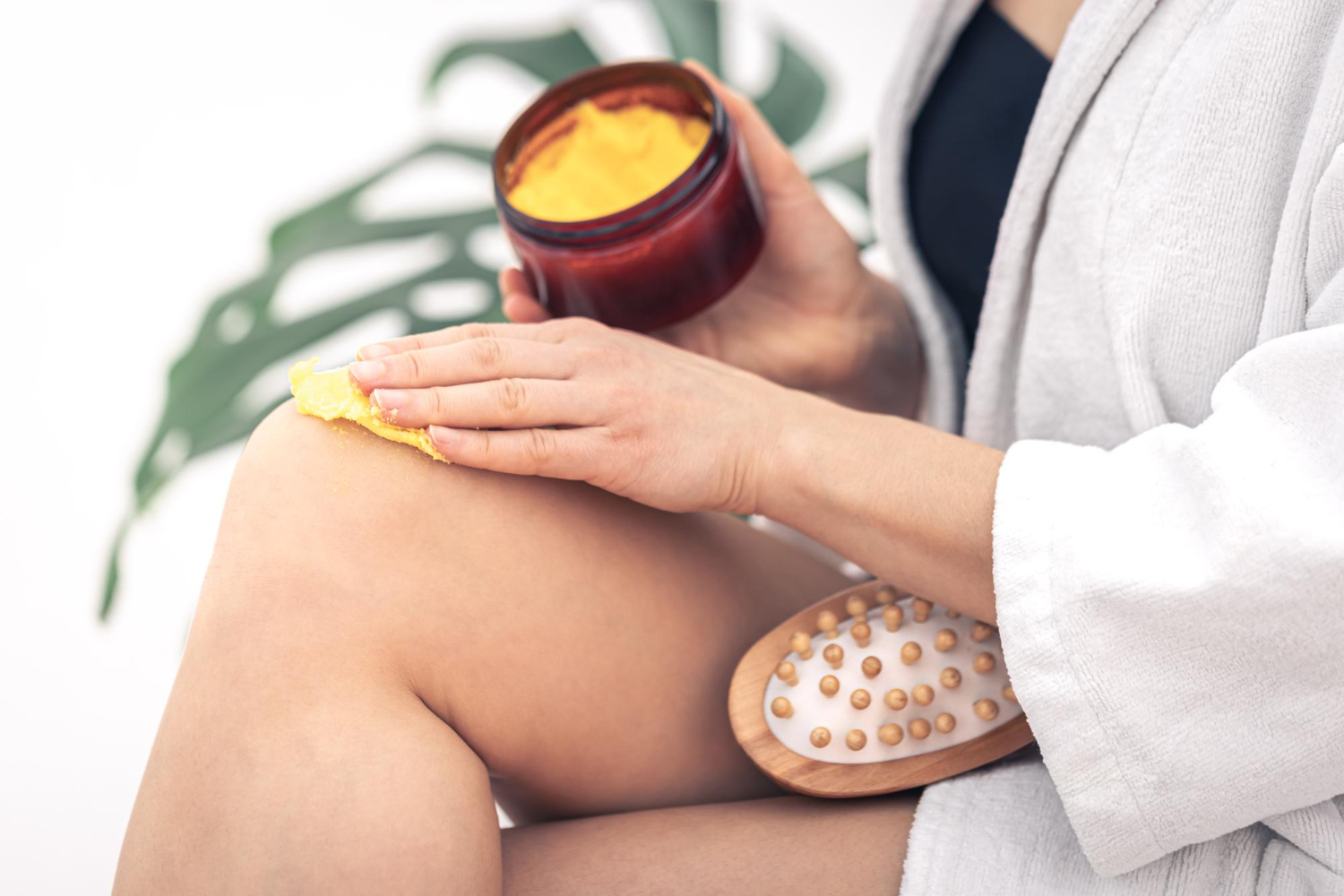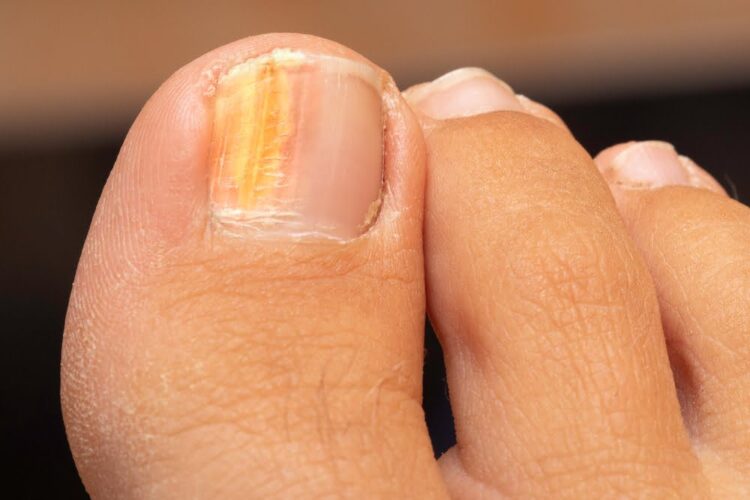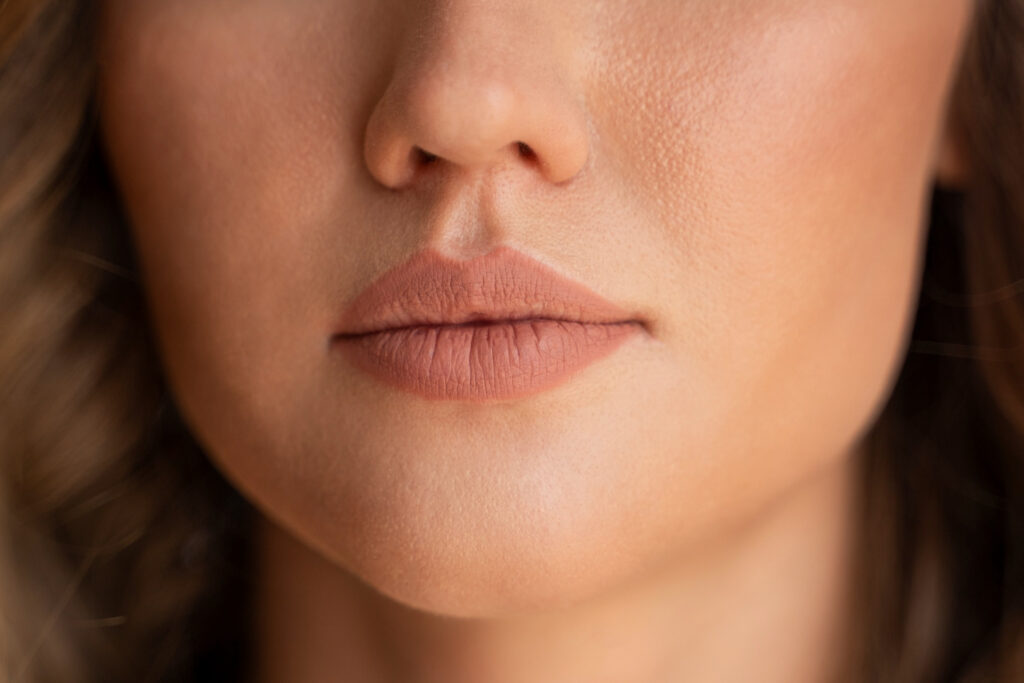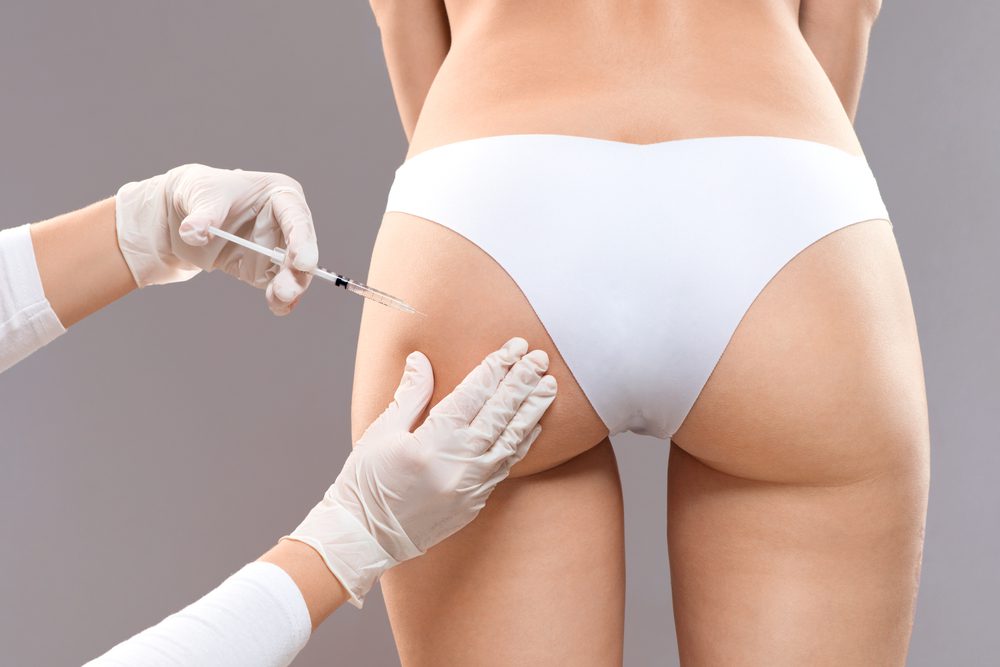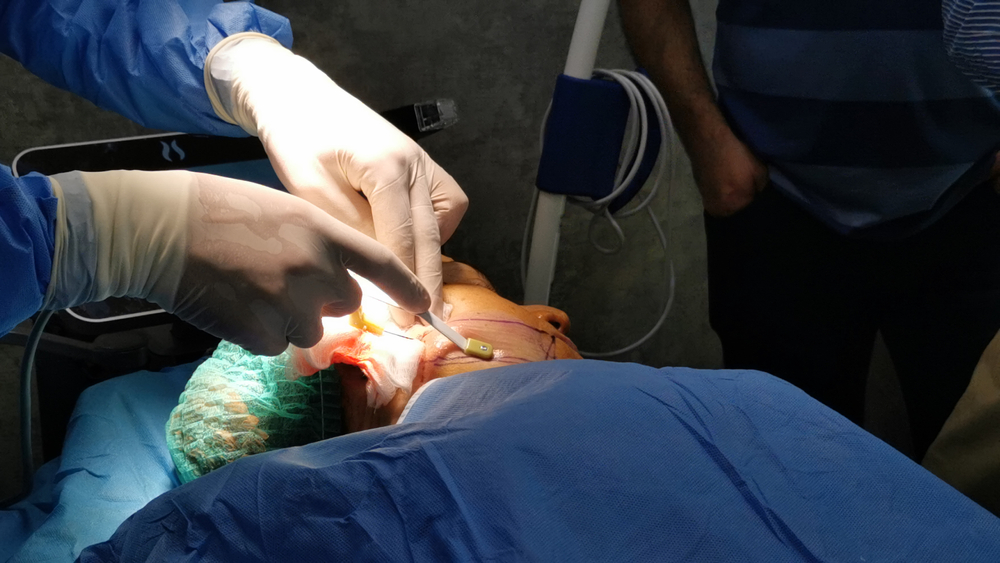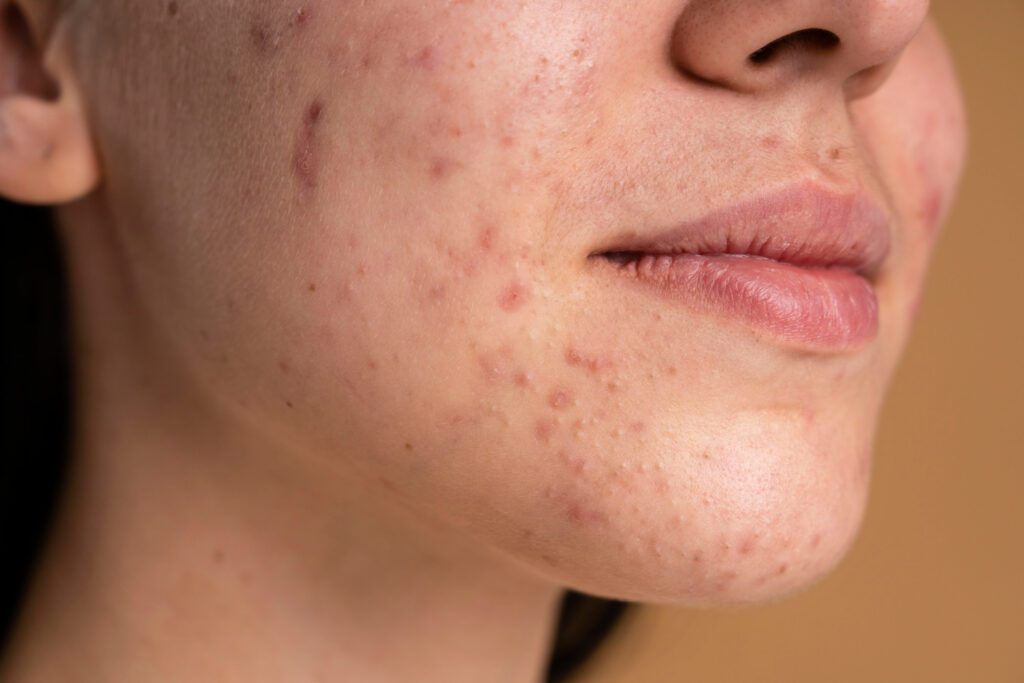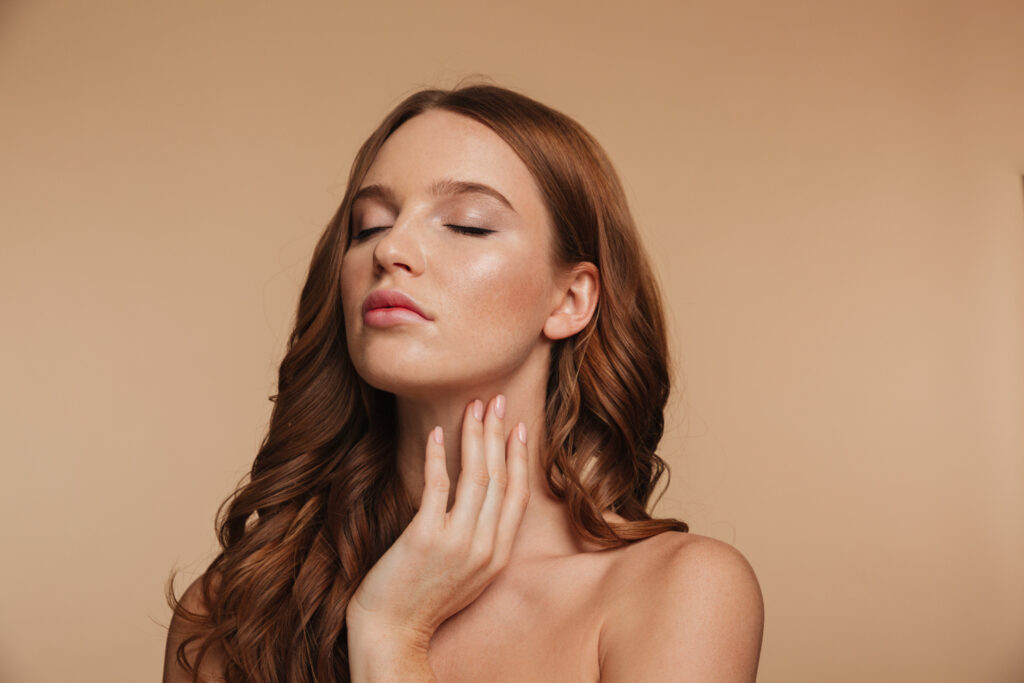Cellulite, a common cosmetic concern, affects nearly 90% of women at some point in their lives. The dimpled, uneven appearance of the skin, often found on the thighs, buttocks, and abdomen, can be a source of frustration and embarrassment. In recent years, cryotherapy has emerged as a promising treatment option for reducing cellulite. This article explores the science behind cryotherapy, its effectiveness, personal experiences, and frequently asked questions about this innovative treatment.
What is Cellulite?
Cellulite is the result of fat deposits pushing through the connective tissue beneath the skin. This causes a lumpy, dimpled appearance, often likened to orange peel or cottage cheese. Factors contributing to cellulite include genetics, hormonal changes, poor diet, lack of exercise, and poor circulation.
What is Cryotherapy?
Cryotherapy, derived from the Greek words “cryo” (cold) and “therapy” (treatment), involves the use of extremely low temperatures to treat various medical conditions and cosmetic issues. In the context of cellulite, cryotherapy aims to reduce fat deposits and improve skin texture.
How Does Cryotherapy Work for Cellulite?
Cryotherapy can be administered in two main ways:
1. Whole Body Cryotherapy (WBC): Involves exposing the entire body to very cold temperatures (typically between -110°C to -140°C) for a short period, usually 2-4 minutes.
2. Localized Cryotherapy: Focuses on specific areas of the body using localized cold applications or cryolipolysis, which is a method that freezes fat cells to reduce fat pockets.
Scientific Evidence.
Research indicates that cryotherapy can have several effects on the body that may contribute to cellulite reduction:
– Fat Reduction: Cryolipolysis, a form of localized cryotherapy, has been shown to reduce subcutaneous fat. A study published in the Journal of Cosmetic Dermatology found that cryolipolysis can effectively reduce fat layer thickness by about 20-25% after one treatment.
– Improved Circulation: Cryotherapy can enhance blood flow, which may help in reducing the appearance of cellulite.
– Skin Tightening: The cold temperatures can stimulate collagen production, leading to firmer and smoother skin.
Personal Interview with Experts.
To gain deeper insights, we spoke with Dr. Sarah Mitchell, a leading specialist in non-invasive cosmetic treatments.
Interview with Dr. Sarah Mitchell.
Q: How effective is cryotherapy for cellulite?
Dr. Mitchell: “Cryotherapy, particularly localized cryotherapy, has shown promising results in reducing cellulite. Patients often notice smoother skin and a reduction in the dimpled appearance after a few sessions. However, it’s important to note that individual results can vary.”
Q: Are there any risks associated with cryotherapy?
Dr. Mitchell: “Cryotherapy is generally safe when performed by trained professionals. Some common side effects include temporary redness, numbness, and mild discomfort. Rarely, more serious complications can occur, such as frostbite or nerve damage, but these are uncommon.”
Q: How many sessions are typically required to see results?
Dr. Mitchell: “Most patients start noticing improvements after 3-5 sessions. For optimal results, I usually recommend a series of 10-12 sessions combined with a healthy lifestyle.”
Personal Experiences.
Hearing from individuals who have undergone cryotherapy for cellulite can provide valuable perspectives. Here are some real-life testimonials:
Testimonial 1: Jane’s Journey.
Jane, a 34-year-old marketing executive, shares her experience:
“I’ve struggled with cellulite since my early twenties. I tried various creams and massages, but nothing seemed to work. A friend suggested cryotherapy, and I decided to give it a try. After six sessions, I noticed a significant reduction in the dimpling on my thighs. My skin feels firmer and smoother. It’s not a miracle cure, but it definitely made a difference for me.”
Testimonial 2: Lisa’s Success Story.
Lisa, a 40-year-old fitness enthusiast, talks about her results:
“As someone who exercises regularly, I was frustrated that I couldn’t get rid of my cellulite. Cryotherapy was a game-changer for me. The process was quick and relatively painless. After eight sessions, my cellulite is much less noticeable, and my skin looks tighter. I highly recommend it to anyone looking for a non-invasive solution.”
Frequently Asked Questions.
1. Is cryotherapy painful?
Most people find cryotherapy to be tolerable, though you may experience a cold, tingling sensation during the treatment. Any discomfort is usually temporary.
3. Can cryotherapy completely eliminate cellulite?
Cryotherapy can significantly reduce the appearance of cellulite, but it may not completely eliminate it. Combining cryotherapy with other treatments and healthy habits can yield the best results.
4. Who should avoid cryotherapy?
Individuals with certain medical conditions, such as severe cardiovascular disease, uncontrolled high blood pressure, or cold allergies, should avoid cryotherapy. Always consult with a healthcare provider before starting any new treatment.
5. How much does cryotherapy cost?
The cost of cryotherapy varies depending on the type of treatment and the number of sessions. On average, a single session of localized cryotherapy can range from $100 to $300.
Bottom Line.
Cryotherapy offers a promising, non-invasive option for reducing the appearance of cellulite. With its ability to target fat cells, improve circulation, and tighten skin, many individuals have found success in achieving smoother, firmer skin. While it’s not a miracle cure, cryotherapy can be a valuable tool in the fight against cellulite when combined with a healthy lifestyle.
How we reviewed this article:
Our team of experts is always monitoring the health and wellness field, ensuring that our articles are updated promptly as new information emerges. See Our Editorial Process
Oct 22, 2025
Written By: Gabrielle Richens
Written By: Gabrielle Richens

 Workout
Workout
 Meditation
Meditation





 Contact Us
Contact Us



